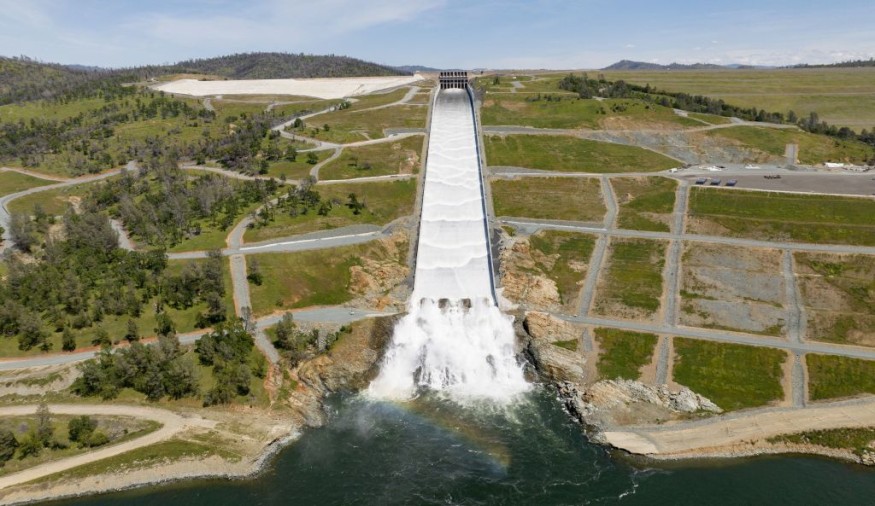
As Tropical Storm Hilary moved across the Southwest US, normally dry sections of California were unexpectedly closed down due to flooding while reservoirs were at high water levels.
High Water Levels and Flooding in California
Just a few days after Tropical Storm Hilary lashed the state with significant precipitation, a number of reservoirs in California now exceed their historical average water levels. Following its weekend landfall on the Mexican peninsula of Baja California, the tropical storm reached California on Sunday.
Prior to advancing further inland and causing substantial flooding in the desert city of Palm Springs, it inundated Los Angeles to a great extent. The resulting floods prompted the closure of Death Valley National Park on Sunday, a location that typically experiences a mere two inches of rainfall annually.
While some drought-affected regions such as Lake Mead in Nevada and Arizona benefited from the deluge of rain, a majority of California's reservoirs were already at water levels surpassing their historical averages due to a wet winter and the infusion of substantial rain from 14 atmospheric rivers into the state.
As the state's severe drought had already been alleviated by the previous winter, which replenished numerous dry lakes and reservoirs, the projected rainfall from Tropical Storm Hilary is not met with as much enthusiasm.
Reservoirs Operating at Above Average Levels
According to the California Department of Water Resources, Tropical Storm Hilary didn't significantly raise the water levels in the reservoirs. Even though Southern California's reservoirs are at capacity, water levels there have largely remained steady or decreased as a result of the storm.
Tom Kines, senior meteorologist with AccuWeather, said that many of the reservoirs are already fairly full.
Castaic Lake, in Los Angeles, is operating at 93% capacity, 110% above its typical level. The lake's level has stabilized following its abrupt surge in the spring and a steady fall in water levels has now begun.
A similar tale is told by Cachuma Lake in Santa Barbara County. The lake is running at 137% of its historical normal, although since its sharp rise in the spring, the lake has leveled off. Despite being in southern California, Cachuma Lake, according to Kines, didn't get as much rain throughout the storm as other reservoirs in southern California.
Although water levels are still rising, Diamond Valley Lake in Hemet, California, is currently running at 106 percent of its historical normal. The lake is now at 79% of its maximum capacity.
The largest reservoir in California, Shasta Lake, is already nearly full capacity in May 2023, hitting levels not seen in four years.
The rain continued to affect the reservoirs, according to Kines, although not as significantly as if the water levels had been low.
Given precipitation at higher altitudes takes time to travel to the reservoirs, it might take a few days for Tropical Storm Hilary's impact to be seen in the water level charts.
Related Article : 5.1 Magnitude Earthquake Hits South California in the Midst of Tropical Storm Hilary
© 2025 NatureWorldNews.com All rights reserved. Do not reproduce without permission.





